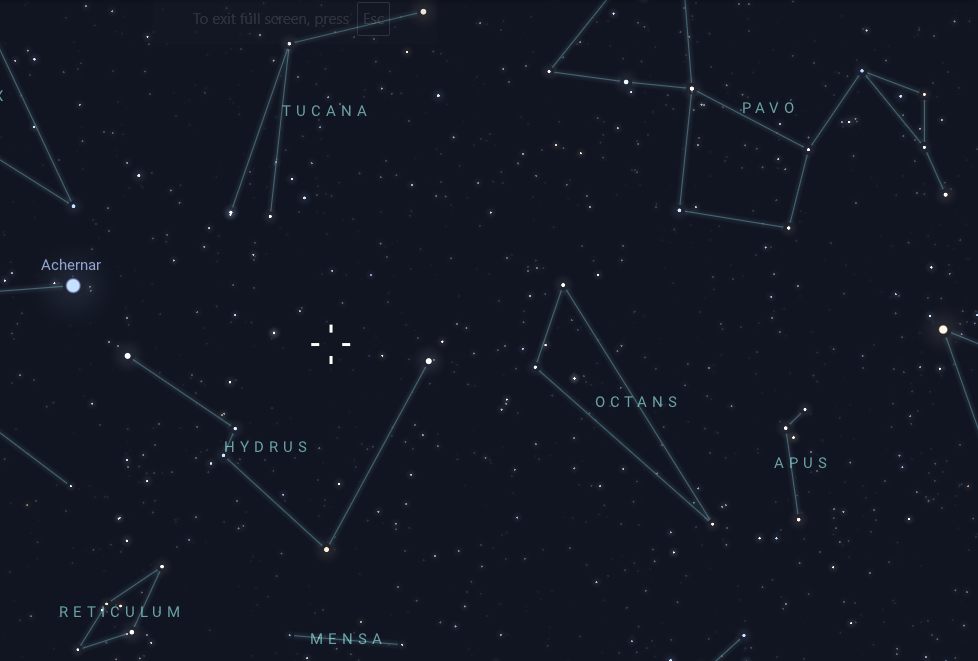NGC 371 is an open cluster located in the small constellation of Tucana in the southern celestial hemisphere. Situated at an impressive distance of approximately 200,000 light-years from Earth, this cluster lies well outside the Milky Way’s galactic disc, contributing to the broader cosmic structure of our universe, the “Milky Way”.
Features
NGC 371 is located within the LHA 120-N 4 nebula, also known as Hodge 53. This nebula is a region of ionized hydrogen (H II region) associated with active star formation. The nebula surrounds the cluster, providing the material from which the stars in NGC 371 formed.
This region is characterized by bright, glowing areas where new stars are being born, and the radiation from these young stars ionizes the surrounding hydrogen gas, creating the nebula’s distinctive appearance.
The cluster itself comprises a group of stars that formed from the same molecular cloud, making them gravitationally bound to one another. Unlike the densely packed stars found in globular clusters, the stars in open clusters like NGC 371 are more loosely arranged. This cluster contains stars of various ages, with some relatively young and others considerably older, providing a dynamic snapshot of stellar evolution.
NGC 371 is estimated to be around 3 billion years old, which indicates it is relatively older than many other open clusters. This age suggests that the cluster has had sufficient time for stellar evolution processes to occur, leading to a mix of stars at various stages in their lifecycles.
Size and Magnitude
Hodge 53 manifests as a faint grouping of stars in the night sky, with an apparent magnitude of approximately 5.6, making it visible to the naked eye under ideal dark-sky conditions. Its angular size is about 10 arcminutes, which means it occupies roughly one-third the apparent diameter of the full Moon (about 30 arcminutes). This significant size allows it to be a notable feature in its region of the sky.
Scientific Importance
Open clusters such as NGC 371 are crucial for understanding stellar evolution and the formation of stars and planetary systems. By analysing the properties of the stars within the cluster, astronomers gain insights into star formation processes, the lifecycle of stars, and the gravitational dynamics that govern stellar systems. The varying ages of the stars in NGC 371 also enable researchers to study different phases of stellar development.
Observation
NGC 371 can be observed with the naked eye under dark conditions, but it is best viewed through binoculars or a small telescope, which can reveal individual stars within the cluster.
For optimal viewing, the cluster is best observed in the Southern Hemisphere during the months of December through March. During this period, the open cluster is well-positioned in the night sky. However, its location far south in Tucana makes it less visible from northern latitudes, limiting accessibility for observers in those regions.




